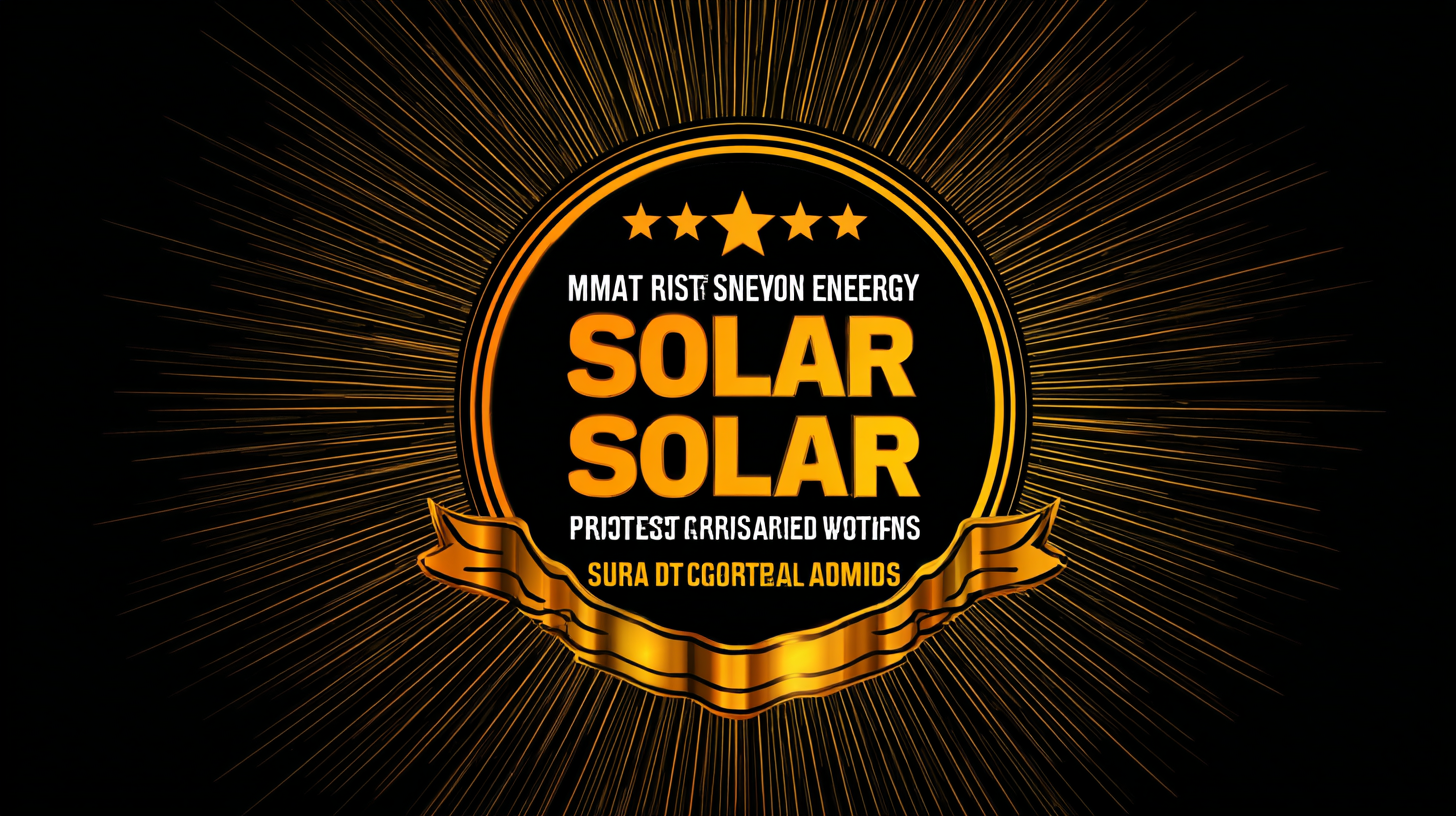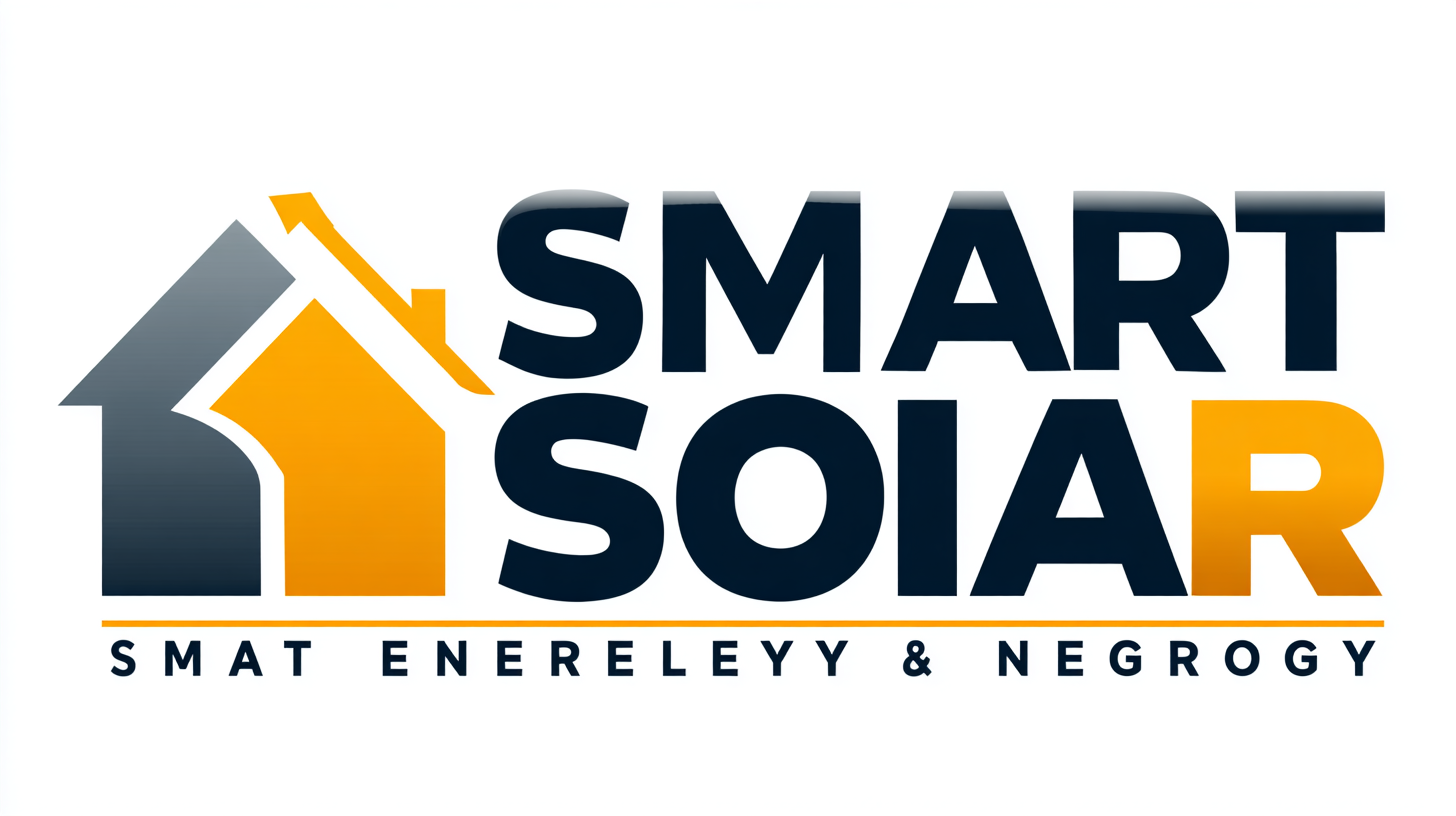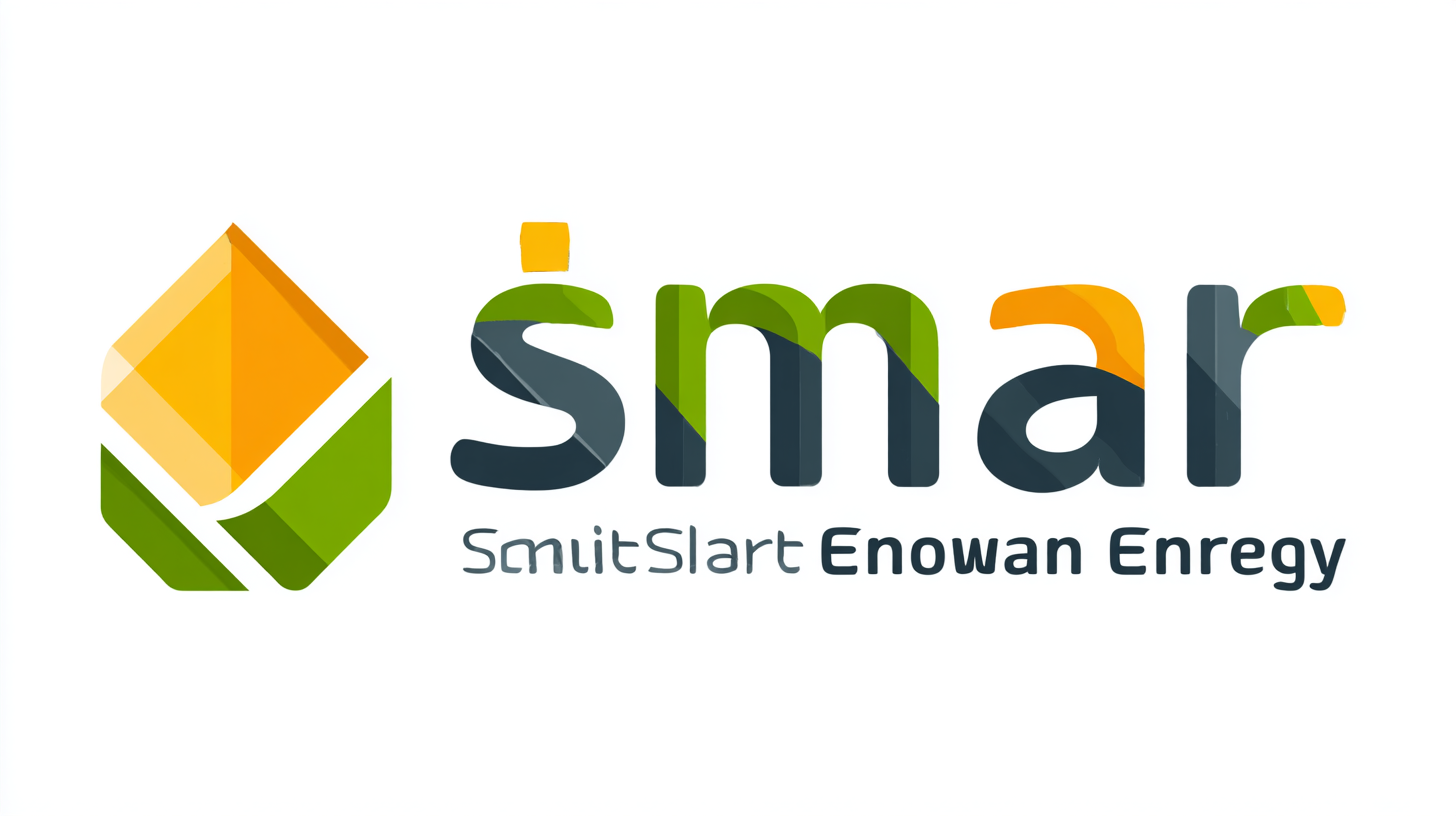Blog
- Home
- Blog
Unveiling the Best Smart Solar Energy Solutions a Comprehensive Comparison for Global Buyers
As the demand for sustainable energy solutions continues to grow, Smart Solar Energy has emerged as a leading innovation in the quest for clean and efficient power sources. This blog delves into the comprehensive comparison of the best smart solar energy solutions available for global buyers, emphasizing the critical aspects of after-sales service and maintenance costs. Understanding these factors is essential for making informed decisions when investing in solar technology. We will explore various examples of smart solar energy systems, highlighting their unique features and benefits, while also addressing the potential challenges associated with their upkeep. Join us as we unveil the advantages of smart solar energy and guide you towards making a well-rounded choice for your renewable energy needs.

The Growing Demand for Smart Solar Energy Solutions in 2023: Key Market Trends
The demand for smart solar energy solutions is rapidly increasing in 2023, driven by various market trends that underscore the transformation of the energy landscape. With a projected market size for solar junction boxes reaching $17.22 billion by 2032 and a compound annual growth rate (CAGR) of 9.57%, it's clear that the integration of advanced technologies in solar applications is becoming a necessity. This growth reflects the industry's pivot toward more efficient and reliable energy solutions, enabling users to optimize their systems' performance.
Moreover, artificial intelligence is making significant inroads into the energy sector, with its market size expected to hit $13.16 billion in 2023 and a remarkable CAGR of 17.18% anticipated through 2031. This suggests a future where AI-driven tools will enhance the management and selection of solar products, facilitating better decision-making for global buyers looking to invest in solar energy. Additionally, the surge in perovskite solar cell adoption, boasting a staggering CAGR of 55.49%, showcases the innovation at play, promising increased efficiency and lower production costs. As these technologies continue to develop, buyers globally will be better equipped to harness the sun's power effectively.
Smart Solar Energy Solutions Market Trends in 2023
Comparative Analysis of Leading Smart Solar Technologies: Features and Benefits
In the realm of renewable energy, smart solar technologies have emerged as a frontrunner in providing efficient and sustainable power solutions. Leading manufacturers offer innovative features such as smart tracking, energy storage integration, and real-time monitoring. These advancements not only enhance energy production but also afford users greater control over their power usage. Notable technologies include bifacial solar panels, which capture sunlight from both sides, and smart inverters that optimize energy distribution within your home.
When selecting the best smart solar solution, consider the following tips:
- First, assess your energy needs and choose a system that provides sufficient output.
- Second, look for products with robust warranties and those from reliable manufacturers to ensure longevity and performance.
- Lastly, explore options that offer smart connectivity features for better management of your energy consumption, enabling you to adjust settings conveniently via smartphone apps or other smart devices.
Investing in smart solar energy solutions can significantly reduce your carbon footprint while offering substantial long-term savings on energy bills. As you consider your options, keep in mind that the right technology can not only meet your immediate power requirements but also adapt to future energy demands and environmental conditions.
Understanding Cost Efficiency: Return on Investment for Smart Solar Systems
The rise of smart solar systems has significantly influenced the cost efficiency and return on investment (ROI) for consumers and businesses alike. According to a recent report by the International Renewable Energy Agency (IRENA), the global weighted-average levelized cost of electricity from solar photovoltaic (PV) systems fell by almost 89% from 2010 to 2020. This dramatic reduction in costs not only makes solar energy more accessible but also enhances its attractiveness as an investment option.

Evaluating the ROI of smart solar systems reveals promising figures for buyers. A study by the National Renewable Energy Laboratory (NREL) highlights that, in the United States, residential solar systems can yield a payback period as short as 6 to 8 years, depending on the local electricity rates and incentives available. Furthermore, homeowners can expect an ROI of around 20% on their investments, significantly outperforming traditional savings accounts or stock investments. The combination of decreasing costs and favorable financial returns positions smart solar technology as a highly efficient solution for sustainable energy investments worldwide.
Key Performance Metrics: Efficiency Rates and Environmental Impact of Smart Solar Solutions
As global buyers seek the best smart solar energy solutions, understanding key performance metrics such as efficiency rates and environmental impact becomes paramount. Recent advancements in floating photovoltaic technologies illustrate the potential for significantly higher energy yield compared to conventional land-based systems. By utilizing bodies of water for solar installation, these systems not only boost output efficiency but also minimize land use conflicts, making them an appealing option for environmentally-conscious investors.

Tips for evaluating smart solar solutions include assessing the efficiency ratings of various technologies and their suitability for specific environments. Look for systems that integrate artificial intelligence to optimize energy production, as AI can enhance demand-side management and lead to more reliable energy usage. Additionally, consider the environmental impact by researching how solar technologies adapt to local ecosystems and contribute to sustainability goals.
Moreover, exploring hybrid renewable energy systems that combine solar and wind solutions can be beneficial. Such systems address certain challenges by offering backup energy sources during low solar production periods. As technological advancements continue, staying informed about these integrated approaches will empower buyers to make informed decisions aligned with their energy sustainability objectives.
Future Innovations in Smart Solar Energy: What to Expect in the Next Five Years
In recent years, smart solar energy solutions have emerged as front-runners in the transition to sustainable energy sources. As we look to the next five years, innovations in this field will likely redefine our approach to energy consumption and production. With the rise of integrated systems that combine artificial intelligence and solar technology, the efficiency and effectiveness of solar panels will significantly improve. These advancements promise not only to enhance energy output but also to facilitate smarter energy management, making solar energy a dominant player in the global energy landscape.
Events like the upcoming 2025 Smart Photovoltaics Trends Conference highlight the importance of innovation in this sector. Topics such as brain-machine interfaces and their role in energy management showcase the intersection of technology and renewable energy. As the world grapples with climate change, the push for cleaner energy sources will become even more imperative. Countries like China are leading the charge with comprehensive energy transition strategies that prioritize renewable sources, indicating a global shift towards more sustainable energy solutions. As we move forward, the strategic integration of smart solar technologies will be essential in shaping a greener and more efficient energy future.